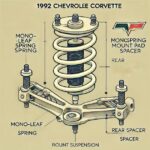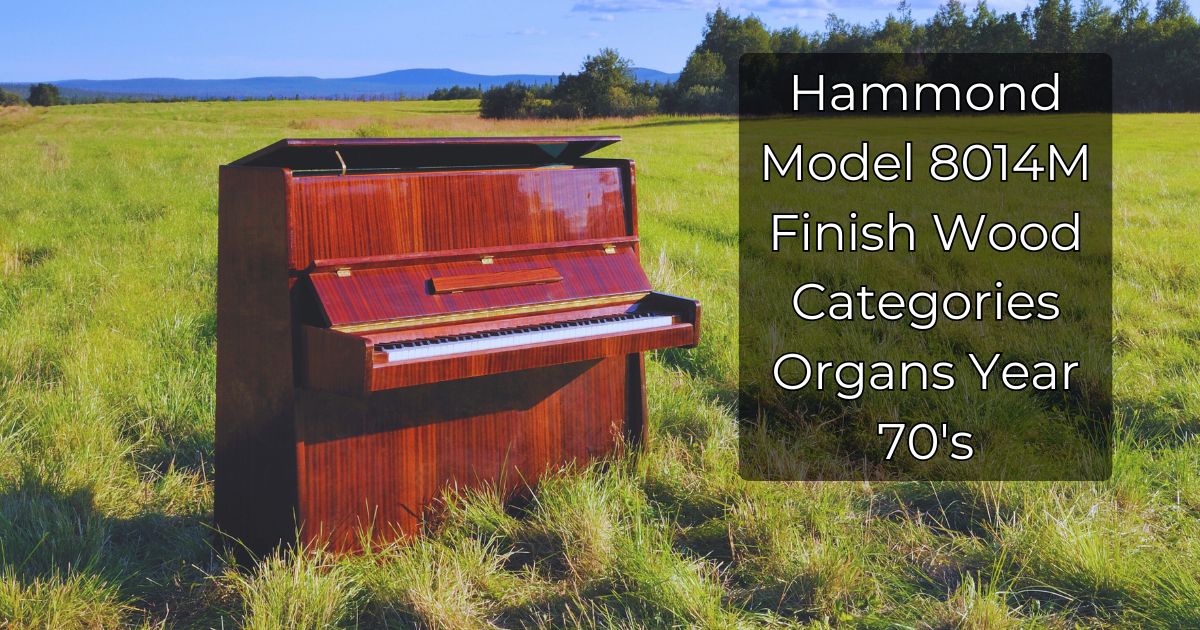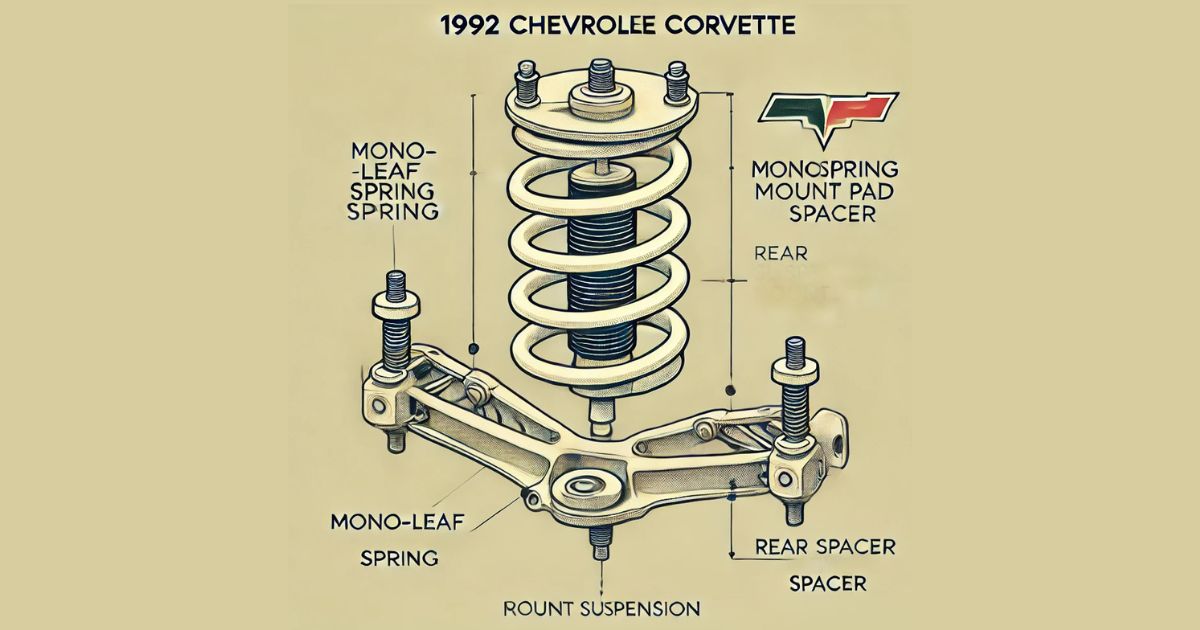The Hammond Model 8014M organ holds a special place in the hearts of musicians and collectors alike. Produced in the vibrant 1970s, this organ represents a perfect blend of innovative technology and artistic design. One of the standout features of the 8014M is its exquisite wood finishes, known as the Hammond Model 8014M Finish Wood Categories Organs Year 70’s, which not only enhance the visual appeal but also influence the sound quality. In this article, we’ll explore the history of Hammond organs, delve into the specific features of the Model 8014M, examine the various wood finish categories, and discuss the organ’s enduring legacy.
The Evolution of Hammond Organs in the 1970s
The Hammond organ was introduced in the late 1930s by Laurens Hammond, a visionary inventor who sought to create an electronic alternative to pipe organs. Over the decades, the Hammond organ evolved, leading to significant developments in technology and sound. By the 1970s, the demand for versatile, portable organs surged, and manufacturers like Hammond began producing more compact models that appealed to both professional musicians and home users.
The 1970s marked a transformative period for the Hammond brand. With the rise of rock, jazz, and gospel music, the organ became an essential instrument in many genres. The advent of the synthesizer also influenced Hammond’s design philosophy, prompting them to integrate new sound features while preserving the classic tone that made them famous. The introduction of models like the 8014M showcased this evolution, offering musicians enhanced functionality in a stylish package that fit seamlessly into modern interiors.
An In-Depth Look at the Hammond Model 8014M
The Hammond Model 8014M is a spinet organ that encapsulates the best of 1970s design and sound engineering. This model features a sleek, compact design that makes it suitable for various settings, from living rooms to church sanctuaries. With its dual keyboard setup and a variety of built-in sounds, the Hammond Model 8014M Finish Wood Categories Organs Year 70’s allows musicians to explore a broad range of musical styles.
Key specifications include a unique tonewheel generator, which produces the rich, harmonic tones that Hammond organs are renowned for. The 8014M also comes equipped with multiple preset voices, allowing players to switch between different sounds with ease. The built-in reverb and Leslie speaker simulation provide additional depth, making the 8014M a versatile instrument that can adapt to different musical contexts. This combination of features has solidified the 8014M’s status as a classic choice for organists.
Importance of Wood Finish in Organs
Wood finish plays a crucial role in the aesthetics and sound quality of an organ. For the Hammond Model 8014M, the choice of wood not only enhances its appearance but also affects tonal characteristics. Different types of wood resonate differently, influencing how sound waves travel through the instrument and ultimately shaping the listening experience.
The visual appeal of wood finishes is significant, especially in home and church settings. A beautifully crafted organ can serve as a centerpiece in any room, complementing the overall decor. In the 1970s, many homeowners sought instruments that blended style with functionality, and the 8014M’s elegant wood finishes met this demand perfectly. The selection of finishes, such as walnut and mahogany, allows musicians to choose an organ that aligns with their personal style while benefiting from the unique sound qualities each wood type offers.
Also Read: Nega Autorizzazione Cappotto Superbonus 110 Garage
Categories of Wood Finishes for the Hammond Model 8014M
The Hammond Model 8014M was available in several wood finish categories, each contributing to its overall aesthetic and sound profile. Understanding these categories helps prospective buyers appreciate the craftsmanship involved in the instrument’s design. Here are some of the most notable wood finishes available for the 8014M:
Walnut Finish
The walnut finish is one of the most popular choices for the 8014M, providing a rich, warm appearance that enhances any interior space. Walnut wood is known for its durability and distinctive grain patterns, making each organ unique. This finish not only looks elegant but also contributes to a warm tonal quality that many musicians find appealing.
Mahogany Finish
Mahogany is another classic finish option for the 8014M. Renowned for its deep reddish-brown color and fine grain, mahogany adds a touch of sophistication to the organ. This finish is often associated with luxury, making it a preferred choice for those looking to make a statement in their music room or performance venue. In terms of sound, mahogany can produce a slightly brighter tone, enhancing the organ’s overall clarity.
Oak Finish
The oak finish offers a lighter, more contemporary look compared to walnut and mahogany. With its pronounced grain and lighter hues, oak appeals to those seeking a more modern aesthetic. The oak wood can contribute to a brighter sound, making it an excellent option for genres that require clarity and definition in the music.
Specialty Finishes
In addition to the standard wood finishes, Hammond also offered specialty finishes that catered to specific customer preferences. These could include painted finishes or unique stains that provided a personalized touch. Specialty finishes allow musicians to choose an organ that reflects their individual style while still benefiting from the superior craftsmanship of the Hammond brand.
The Sound Characteristics of the Hammond Model 8014M
The sound quality of the Hammond Model 8014M is one of its most notable features, and it is intricately linked to the wood finishes available. The tonewheel generator produces the rich, warm sounds that Hammond organs are famous for, and the choice of wood can further enhance these tonal characteristics.
Different wood types resonate in unique ways, affecting how sound waves are transmitted and perceived. For instance, walnut can produce a mellow tone that is particularly suited for jazz and gospel music, while mahogany may enhance brightness and clarity, making it ideal for rock and pop genres. Oak, on the other hand, can offer a sharper attack, which is beneficial for fast-paced music styles.
Understanding these nuances allows musicians to choose a wood finish that aligns with their desired sound profile. Whether performing in a small venue or a larger space, the 8014M’s versatility in sound makes it a popular choice among organists across various genres.
The Hammond Model 8014M in Popular Culture
The Hammond Model 8014M’s presence in popular culture during the 1970s is a testament to its versatility and appeal. The organ became a staple in many musical genres, including rock, jazz, and gospel. Its signature sound was featured in countless recordings, helping to define the soundscape of the decade.
Notable musicians, such as Jimmy Smith and Booker T. Jones, utilized Hammond organs, including the 8014M, in their music. The organ’s ability to produce rich, layered sounds made it a favorite among keyboardists looking to create a full, dynamic performance. Songs featuring the Hammond organ often showcased its expressive capabilities, whether through soulful melodies or driving rhythms.
As a result, the 8014M not only influenced musicians of its time but also inspired new generations of artists who continue to explore its possibilities today. The organ remains a symbol of musical creativity, embodying the spirit of the 1970s.
Maintenance and Care for the Hammond Model 8014M
To ensure the longevity of the Hammond Model 8014M and maintain its sound quality, proper maintenance and care are essential. Regular cleaning and care of the wood finish can preserve its beauty and prevent damage. A soft, damp cloth should be used to clean the exterior, avoiding harsh chemicals that could harm the wood.
Additionally, musicians should regularly check the instrument’s internal components, such as the tonewheel generator and electrical connections, to ensure optimal performance. Keeping the organ in a climate-controlled environment can also help prevent warping or cracking of the wood over time.
Common issues that may arise include electrical malfunctions or deterioration of the keyboard action. Many owners find that consulting a professional technician for repairs and maintenance is the best way to keep the instrument in peak condition. By following these guidelines, musicians can enjoy their Hammond Model 8014M for years to come.
The Legacy of the Hammond Model 8014M
The Hammond Model 8014M has left an indelible mark on the world of music, influencing both its contemporaries and future generations of instruments. Its innovative design and rich sound have inspired countless musicians, making it a classic choice even decades after its production.
The legacy of the 8014M is evident in the ongoing popularity of Hammond organs. Many modern musicians continue to seek out vintage models, appreciating their unique sound and historical significance. The 8014M’s influence can be heard in various genres, from jazz to rock, and it remains a beloved instrument among enthusiasts.
Additionally, the principles of design and sound established by the 8014M have informed the development of subsequent Hammond models. Today, organists benefit from modern advancements while still enjoying the timeless qualities that the 8014M epitomizes.
Collecting the Hammond Model 8014M
For collectors, the Hammond Model 8014M presents a unique opportunity to own a piece of musical history. As with any vintage instrument, there are several factors to consider when looking to purchase an 8014M. Understanding the market trends and price ranges can help collectors make informed decisions.
The condition of the organ plays a significant role in its value. Organs that have been well-maintained and preserved tend to fetch higher prices. Collectors should look for signs of wear, such as damage to the wood finish or issues with the internal components. Additionally, rare wood finishes or unique features may increase an organ’s desirability.
Connecting with fellow enthusiasts through online forums or local music shops can provide valuable insights and leads on available models. By taking the time to research and network, collectors can find a Hammond Model 8014M that meets their criteria and enhances their collection.
Conclusion
In conclusion, the Hammond Model 8014M Finish Wood Categories Organs Year 70’s represent a remarkable fusion of art and technology that defined the sound of the 1970s. Its stunning wood finishes, innovative design, and rich sound quality have solidified its place in music history. The 8014M not only shaped the landscape of contemporary music but also left a lasting legacy that continues to inspire musicians today.
Whether you’re a seasoned organist, a collector, or simply an admirer of vintage instruments, the Hammond Model 8014M offers a glimpse into a transformative era of music. As we explore the various wood finish categories and sound characteristics, we gain a deeper appreciation for this iconic organ and its enduring impact on the world of music.










